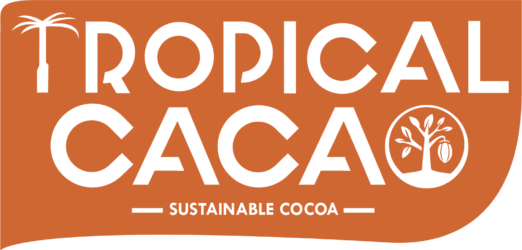Creating Positive Change Through Action 🌍
The cocoa industry faces critical challenges in addressing child labor, a complex issue deeply rooted in economic and social factors. This comprehensive analysis explores current challenges while highlighting actionable solutions and progress toward positive change.
Understanding the Current Landscape 📊
Statistical Overview
Recent industry data reveals:
- Over 1.5 million children involved in cocoa production
- Highest concentration in West African cocoa-growing regions
- Most of the cases occurring on family farms
- Significant correlation with poverty levels
Root Causes
Key factors contributing to child labor:
- Systemic poverty in farming communities
- Limited access to quality education
- Labor shortages during peak seasons
- Traditional farming practices
- Lack of mechanization
Industry Initiatives Making Impact
Corporate Responsibility Programs 🤝
Major industry efforts including:
- Supply chain monitoring systems
- Community development programs
- Educational support initiatives
- Income diversification projects
International Cooperation
Global partnerships focusing on:
- Cross-border enforcement
- Policy harmonization
- Resource sharing
- Best practice implementation
Educational Solutions
School Access Programs 📚
Initiatives addressing education through:
- School building projects
- Transportation solutions
- Educational supplies provision
- Teacher training programs
Vocational Training
Skills development including:
- Agricultural best practices
- Alternative income generation
- Business management
- Technical skills
Economic Empowerment
Family Income Support 💰
Programs targeting poverty through:
- Premium pricing systems
- Microfinance opportunities
- Savings programs
- Income diversification
Community Development
Holistic approaches including:
- Infrastructure development
- Healthcare access
- Women’s empowerment
- Youth engagement programs
Monitoring and Enforcement
Supply Chain Transparency 🔍
Implementation of:
- Digital tracking systems
- Third-party audits
- Community monitoring
- Blockchain verification
Certification Programs
Standards enforcement through:
- Fair Trade certification
- Rainforest Alliance
- UTZ standards
- Organic certification
Technology Solutions
Digital Monitoring Systems 📱
Modern tools including:
- Mobile reporting apps
- GPS tracking
- Digital payment systems
- Remote monitoring
Data Collection and Analysis
Improving oversight through:
- Real-time reporting
- Trend analysis
- Impact assessment
- Predictive modeling
Community-Based Solutions
Local Empowerment Programs 👥
Initiatives focusing on:
- Community watch groups
- Parent associations
- Youth councils
- Farmer cooperatives
Alternative Labor Solutions
Developing options through:
- Labor sharing programs
- Mechanization support
- Seasonal worker programs
- Community labor banks
Measuring Progress
Success Indicators 📈
Key metrics including:
- School enrollment rates
- Family income levels
- Child labor incident reduction
- Community development markers
Impact Assessment
Regular evaluation of:
- Program effectiveness
- Resource allocation
- Community engagement
- Sustainable change
Future Directions
Innovation in Prevention 🔬
Emerging approaches including:
- AI-powered monitoring
- Predictive risk assessment
- Community-led initiatives
- Integrated support systems
Action Framework
Implementation Strategy
Step-by-step approach:
- Community assessment
- Program development
- Resource allocation
- Implementation
- Monitoring and evaluation
- Continuous improvement
Success Stories
Positive Change Examples
Highlighting:
- Community transformations
- Family success stories
- Educational achievements
- Economic improvements
Conclusion
Addressing child labor in the cocoa industry requires sustained commitment and collaboration from all stakeholders. Through comprehensive programs targeting education, economic empowerment, and community development, we can create lasting positive change.
[Join us in creating positive change. Explore our initiatives and partnership opportunities.]
Keywords: child labor prevention, cocoa industry, sustainable farming, community development, education access, economic empowerment, supply chain monitoring, ethical cocoa production, fair trade practices, agricultural sustainability

